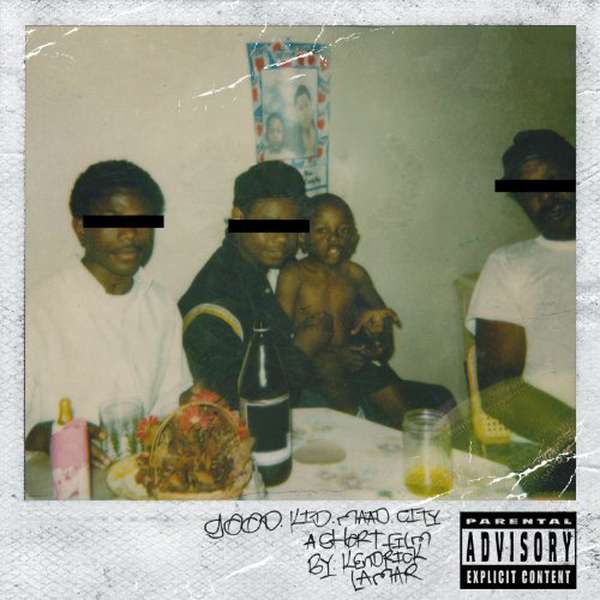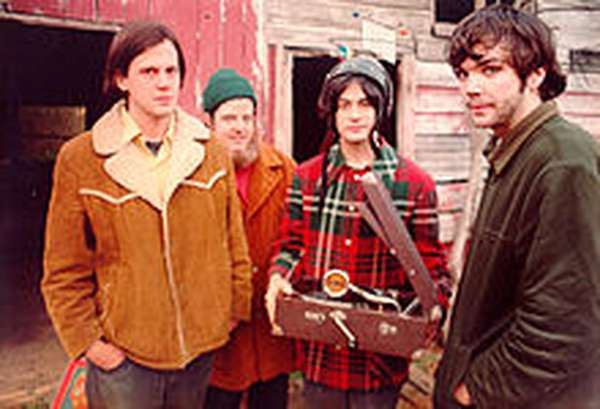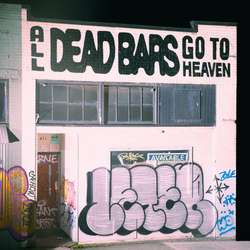What better way to start my career at Scene Point Blank and as a published writer than by reviewing one of the most important releases of 2012? Probably any other way, really, but I feel compelled to share my take on Kendrick Lamar’s second studio album Good Kid: M.A.A.D. City because of the impact it has made in the short time since its release. Dr. Dre is featured on the track “Compton” and his presence as producer is felt throughout the entire album. Other notable features include Drake (on “Poetic Justice”), other members of Top Dawg, and Lady Gaga; however, Gaga’s version of “Bitch Don’t Kill My Vibe” was dropped from the release in favor of a version done by Lamar alone due to “artistic differences.” Lady Gaga later released the version that included her vocals which can be found in the links below.
GKMC is a reflection of Lamar’s own coming of age and growing up in the violent streets of Compton, California. Themes of childish girl-chasing and blunt smoking with “the homies” clash with the harsh realities of gang violence, death, overdose, religious salvation, and loss of innocence throughout the album. Despite heavy themes, the beats are decidedly subtle and stripped down, more reminiscent of the ‘90s hip-hop and more akin to west coast atmospheric instrumentals. Kendrick has an uncanny ability to juxtapose hard hitting verses with distant beats, making his first person narratives seem more removed and reflective. “Backseat Freestyle” is a massive banger produced by Hit-Boy, who keeps it simple with a steady bass line and jangling bells while Lamar delivers bars detailing the carefree fantasies he had when he was 16 with all the excitement of a kid headed out for a good night in his city. In stark contrast “m.A.A.d city” comes in five tracks later riddled with anxiety. Lamar’s strained vocals overlay sharp strings and a heavy bass line as he and MC Eiht paint the streets of Compton red, retelling accounts of gang violence and the constant possibility of death that comes along with it. GKMC wraps up with the triumphant fanfare of “Compton.” Dre and Lamar affirm that it is possible to rise above your roots and achieve despite adversity and growing up in a city like Compton.
Lamar includes pictures of his family and childhood in the booklet, which breathes new life into the skits that tie the album together and helps to understand the context. The skits are mainly voicemails from his parents which progress with the development of the album, beginning with annoyance at Kendrick having taken the family’s van to “mess around with that crazyass girl Sherane” and the absence of Dominos in Mr. Lamar’s belly, and finishing with a heartfelt declaration of love and reassurance from Mom and a fatherly lecture on what makes a “real man” from Pop. With the insight gleaned from the skits coupled with Lamar’s storytelling skills, it’s easy to see why “a short film by Kendrick Lamar” was written beneath the title on the album cover.
GKMC stands out in a time when many rap artists choose to release singles and fail to produce cohesive full-length albums. Several songs are longer than five minutes and the epic “Sing About Me/I’m Dying of Thirst” is a whopping twelve minutes and four seconds – this can seem daunting at first, but Kendrick’s rapid changes of tone and voice, storytelling skills, features, and the skits throughout GKMC keep listeners attentive. It’s meant to be listened to from beginning to end, and I suggest that you do so at your earliest convenience.







